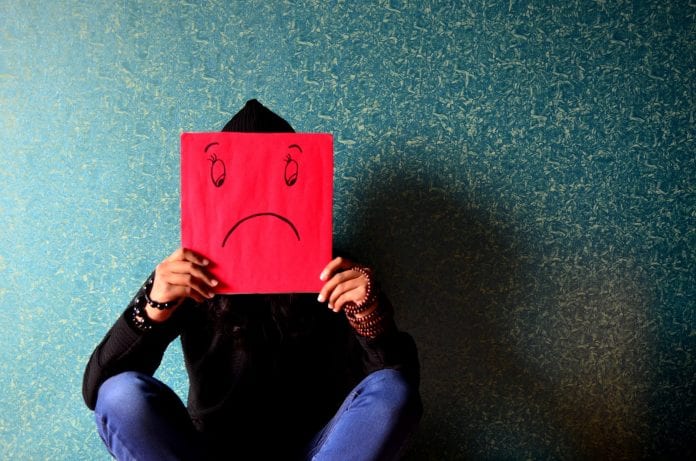It is that time when the sun disappears rapidly in the evening horizon and is slow to reappear in the mid-morning hours. I begin to start hearing chatter from patients and friends alike about how seasonal depression is starting to descend on the community.
Seasonal Affective Disorder (SAD) is a true medical condition that effects about 10 percent of the population in the northern latitudes. Although it is seasonally limited, it can be present four-five months of the year and cause significant impairment during that time. It tends to be predominant in women, particularly in childbearing years. However, it can also occur in men and older children.
SAD is diagnosed with the same criteria as major depression but is distinguished from major depression because of seasonal and occurrence the resolution of symptoms with longer days. These symptoms include one of the two of the following: feeling down most of the day nearly every day for a two-week period or marked loss of interested or pleasure in all or almost all activities for that same two week period.
Symptoms may include significant weight loss or weight gain, insomnia or hypersomnia, fatigue or loss of energy nearly every day, diminished ability to think or concentrate, or recurrent thoughts of death without a specific plan for committing suicide. SAD is also associated with carbohydrate craving and weight gain over the winter months.
There tends to be more of an attitude that SAD is not as serious as major depression and you can just endure it until the longer days roll around. But because of its propensity for recurrence, its duration and the level of impairment, it is considered a serious mental health problem.
The good news is that there is beneficial treatment for SAD. Studies have shown that light therapy, cognitive behavior therapy (counseling) and medications have all found to be equally effective in improving the mood disturbance associated with SAD. It is really up to the person what route to pursue.
Light therapy can be implemented independent of medical supervision and should be started at the beginning of the fall season, even before symptoms start for those who have experienced Seasonal Affective Disorder in the past. Do acquire a 10,000-lux fluorescent light. It is best to use the light for 30 minutes a day, in the morning hours. Position yourself about 12 to 18 inches from the light, and though your eyes should be open, it is not necessary to stare directly at the light.
If symptoms persist after initiating light therapy for at least two weeks, schedule an appointment with your primary care physician. It may be prudent to check lags for co-occurring medical conditions such as hypothyroid that could be affecting you mentally and physically. If those conditions are ruled out, then treatment with medications or referral to behavioral health for cognitive behavior therapy may be the answer for you. In any case, don’t struggle along, take advantage of the resources around you to make your winter happy and productive.
Dr. Kristel Rush is a family medicine physician with the Ilanka Community Health Center in Cordova.














